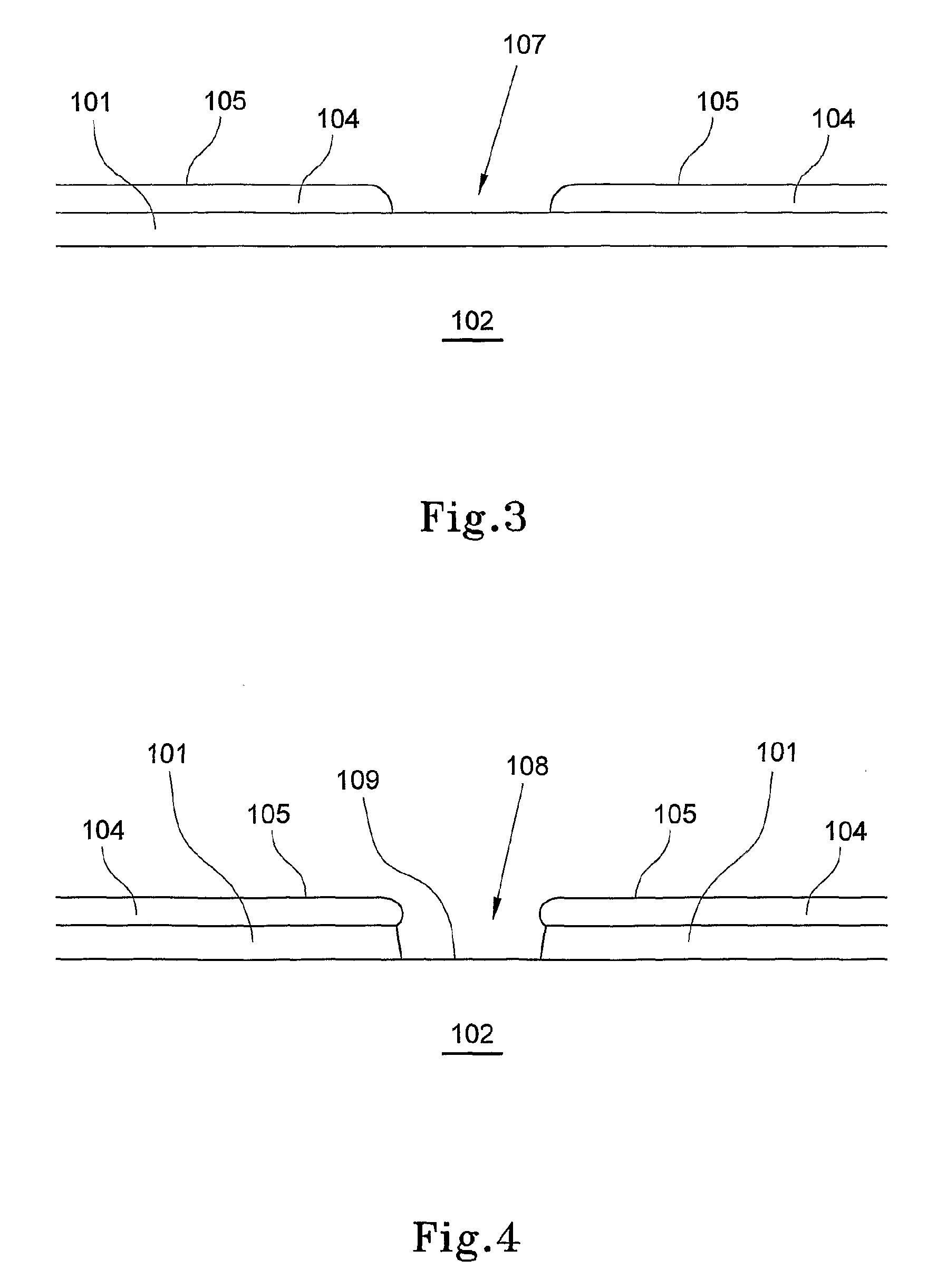High efficiency solar cell fabrication
a solar cell and high-efficiency technology, applied in the direction of coatings, basic electric elements, solid-state devices, etc., can solve the problems of complex manufacturing processes currently formulated for such devices, and achieve the effects of reducing droplet size, improving etching rate, and improving positional control over deposition process
- Summary
- Abstract
- Description
- Claims
- Application Information
AI Technical Summary
Benefits of technology
Problems solved by technology
Method used
Image
Examples
Embodiment Construction
[0130]A new approach is described herein for enabling a metal contact to be applied to a layer or region of semiconductor material buried beneath another layer or region of semiconductor material doped with the opposite polarity. When making contact to the buried layer, achieving electrical isolation from the overlying semiconductor material of opposite polarity is of great importance, particularly in a photovoltaic device. An extension of this approach to contacting buried layers is the formation of metal contacts of both polarities from the same side of a device, while simultaneously providing excellent electrical isolation between the two polarities. This approach to forming contacts to buried layers also makes possible the formation of both polarities of metal contact with a single metal deposition process and it also makes it possible to form contacts to silicon material with a wide range of possible doping concentrations down to values below 1×1016 atoms / cm3.
[0131]This method ...
PUM
 Login to View More
Login to View More Abstract
Description
Claims
Application Information
 Login to View More
Login to View More - R&D
- Intellectual Property
- Life Sciences
- Materials
- Tech Scout
- Unparalleled Data Quality
- Higher Quality Content
- 60% Fewer Hallucinations
Browse by: Latest US Patents, China's latest patents, Technical Efficacy Thesaurus, Application Domain, Technology Topic, Popular Technical Reports.
© 2025 PatSnap. All rights reserved.Legal|Privacy policy|Modern Slavery Act Transparency Statement|Sitemap|About US| Contact US: help@patsnap.com



